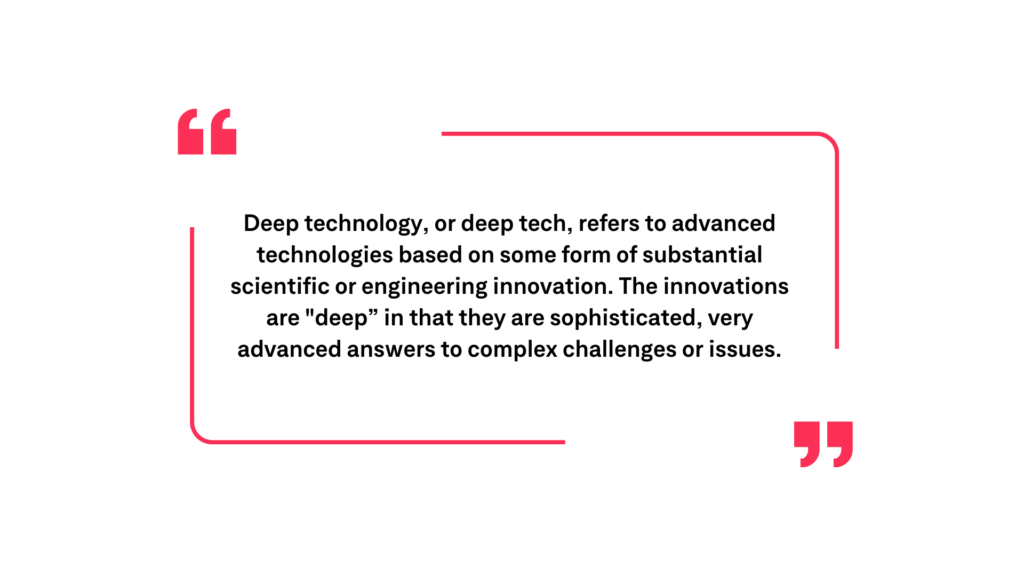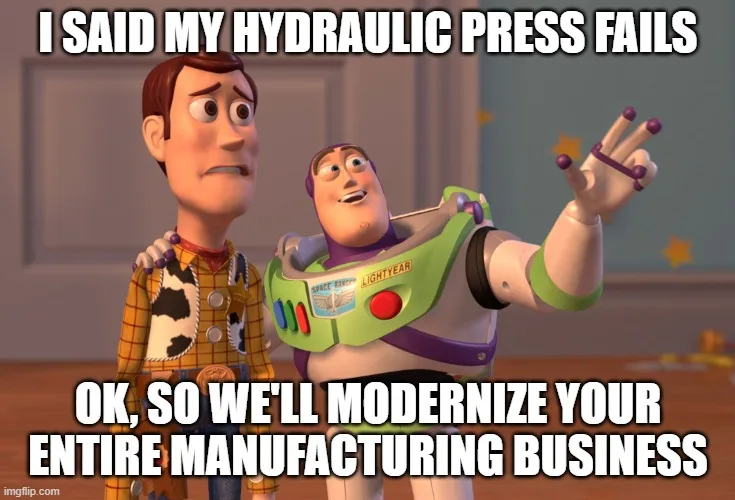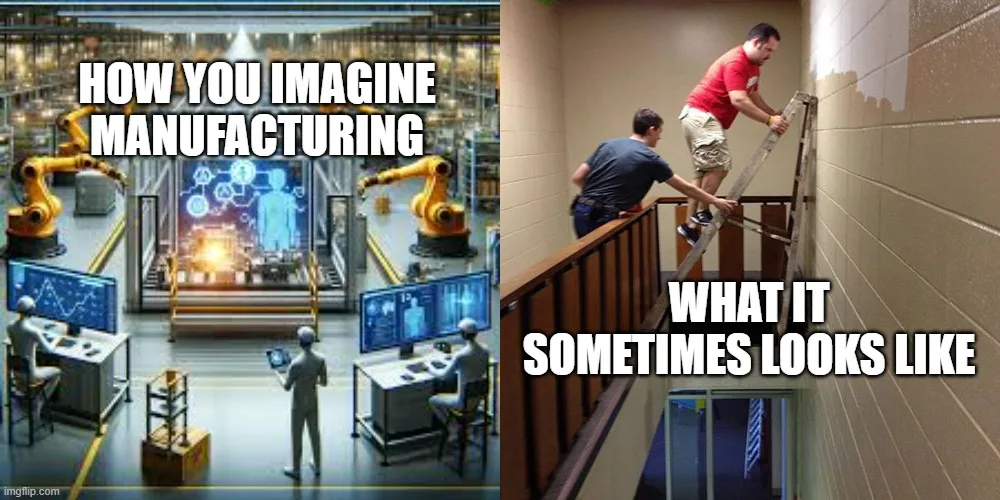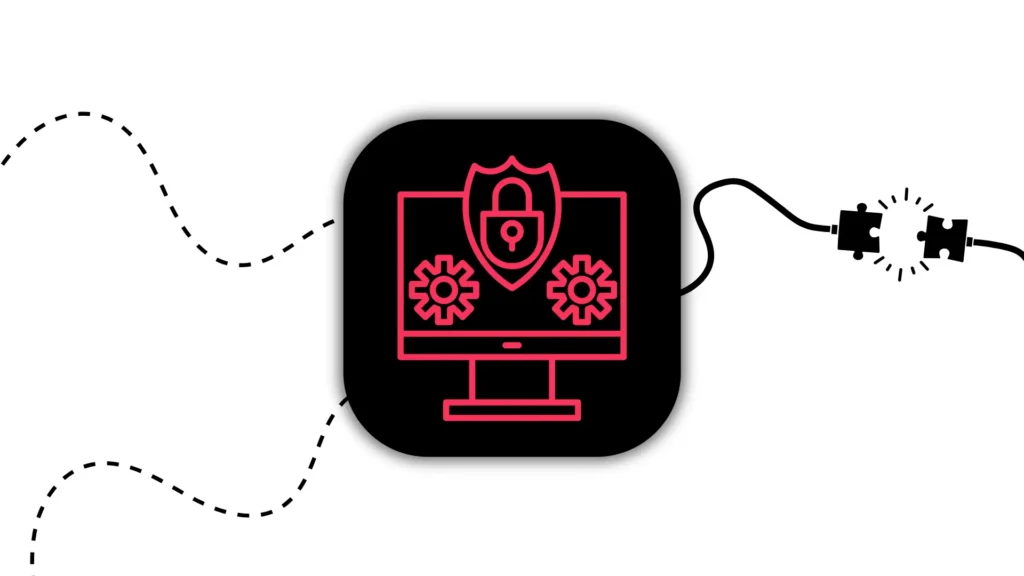Things are done the usual way until they no longer are.
A fun story: Some 20 years back, making prototypes and custom products was demanding. In fact it may have been as hard as the actual manufacturing process. Whether the method was milling, turning, or CNC, it required a lot of effort. Wasting material, and money, was a norm. Making something new was either very risky or was best left for the big leagues.
Then 3D printing came along and changed the game.
Well, sort of. Adoption took decades. It required a shift in the process. 3D printing was unreliable and unrefined. Take the aerospace industry, where safety and precision are critical. Concerns about the strength and durability of printed components delayed the embrace of the technology.
Over time though, it got better. The world began to realize its true potential.
Doctors realized it could be used to make custom prosthetics. Recently skeptic Boeing began using it to make lightweight airplane parts for fuel efficiency. Even small businesses and hobbyists began creating unique sculptures. The possibilities, all of a sudden, were endless.
The reason we took the long route to bring the point home is this:
3D printing took years to go from ‘hardly adopted’ to ‘revolutionary’.
AI, machine learning, and automation have taken the same route. They have now aged enough to reach the status of ‘revolutionary technology’.
3D printing took years to go from ‘hardly adopted’ to ‘revolutionary’.
Much like 3D printing did around the 2010s, the ‘new tech’ is now changing the game for the better. As a consequence, manufacturing is becoming flexible, cost-efficient, and very, very accessible.
1. Improved sustainability-profitability profile

Fast, cost-efficient, and of quality. Every manufacturer’s list of objectives, right? Recently, though, there’s another agenda that factors into “make more with less”.
You guessed it, sustainability.
Our priorities shifted. Today, the goal is to drive profit while also staying sustainable. Even better – and a sweet spot – it’s to make one boost the other.
We’ve reached a stage where the adoption of the latest tech practices to drive sustainability is becoming a no-brainer. In fact, we dare say, that the idea of avoiding sustainability is almost frowned upon. For starters, net-zero commitments are becoming a standard. Your stakeholders, as well as financial and regulatory bodies, are rallying behind it. In fact, the European Green Deal is enforcing the collective commitment to make Europe the first climate-neutral continent.
Technology, as well as the change in mindset, are the means of reaching sustainability.
Second, innovation and business ecosystem are becoming, well, greener.
Today, dynamics have shifted. The customer base demands addressing climate concerns. Organic raw materials are becoming a thing. Materials in ‘hot demand’ are soon to be bamboo, cork, hemp, and organic cotton – not plastic. Imagine how that impacts the present and the future supply chain.
Automation and deep tech help manufacturers switch to this ‘new, new normal’. It will help keep the raw material supplies steady and prices stable. By using more abundant materials, as a consequence, they will shorten their supply chains. Which is good of course – smaller carbon footprint and less risk involved.
2. Localizing your supply chain

Supply chain stability is a growing concern.
A recent survey shows that 44% of executives are worried about supply chain risks. Geopolitical tension and trade wars are making things a bit more knotted.
The reliance on materials from various, distant countries isn’t helping either. Yes, the raw material from China comes at lower costs. That’s great. But what happens when the connection snaps?
As seen so many times by now, losses, of course.
As a result, 43% of respondents claimed to have relocation plans set in place. They want a more resilient supply chain. They want speed, flexibility, better quality control, and skilled labor. More importantly, they’ll sleep better knowing the manufacturing plant is not too far away from customers’ hands. The connection, as we said, is less likely to break.
Following this logic, companies like C&A in Germany and even Siemens in Europe are trying to solve this by producing goods locally. C&A started manufacturing 400,000 jeans a year in Mönchengladbach, while Siemens is reshoring parts of the supply chain closer to final markets.
The right question to ask here is, well, how? The costs of labor easily outmatch the prices available in China, Pakistan, and India. The sheer variety of manufacturing companies in Asia is unmatched. Relocation is expensive.
To combat these challenges, that’s where automation comes into the mix.
The rules are different for large and small companies.
Big players find it easier to automate on a large scale, but smaller companies can’t afford such expensive machinery for their lower production volumes. Instead, they should rely on custom tweaks and innovative workarounds that technology partnerships can enable. It’s a cost-effective way to solve critical production issues. Speaking of which…
3. Precision problem solving

All companies aim for efficient production. Achieving one, though, isn’t one-size-fits-all. Each manufacturing process is unique, and so are its challenges.
One of our recent brainstorming sessions implied solving a challenge with traditional paint applications. Spraying, or should we say overspraying, is a wasteful business. In basic jargon, the problem we were trying to solve was using five spray cans when two were just enough.
The solution is not to modernize entire operations, of course. Instead, it’s to optimize the process to control the paint spray in real-time. Not with new and fancy hardware, but by playing with the data sensors were already collecting.
‘Solidly equipped’ machinery just needed a little brain power. By building software we adjusted the spray to cover all areas without excess paint. Turns out, two cans were just enough.
Precision problem-solving reduced costs and saved time.
Another example is a small electronics manufacturer. They can use automated inspection systems to ensure quality control. These systems identify problems in the production line immediately, so they can react before a full batch is produced. Instead of seeing 500 items go to waste, it’d be just one or two.
By targeting specific issues with ‘simple automation’, small businesses can see big gains. These solutions cut costs at key points, making operations more efficient without huge investments.
The key is to identify the biggest resource leaks.
Then explore solutions, implement them at a single instance, test, and double-check the efficacy. By targeting these critical points, small companies can leverage automation to run a more profitable business.
4. Improved workplace safety

In 2021, the EU saw 3,347 workplace deaths and 2.88 million non-fatal accidents. Neighboring Latvia and Lithuania had the highest rates among the countries on the list.
Despite safety checks, procedures, and training, accidents continue to occur. Moreover, many manufacturing accidents go unreported, likely making the actual numbers higher.
To address this, we must examine workplace behavior and situational risks. By understanding these factors, only then can you use technology the way it should be used.
The problem is when human errors are seen as inevitable.
There are many examples industry-wide that confirm you can create a lot safer environments. Automation and robotics can take over dangerous tasks.
Real-time monitoring systems, like NSoft Vision, with sensors and AI can spot unsafe conditions immediately. They build upon existing IP cameras, instead of demanding a new, costly infrastructure. By alerting workers and supervisors to potential dangers, they allow for quick action.
Wearable devices such as Strong Arm Tech, can track vital signs and environmental conditions within the most critical areas, warning if things take the wrong turn.
Predictive maintenance is another big help. We can use AI solutions to predict when machines need maintenance before breaking down. This prevents accidents, ensures timely machine servicing, and keeps the workplace safe and productive.
In short, improving workplace safety means combining technology with smart practices. Any solution tailored to your safety needs can make a big difference. By reducing human exposure to risk and enhancing safety measures, we can lower the number of workplace accidents and injuries.
So, how’s tech advancing manufacturing?
– Automation technologies have evolved to enhance manufacturing reliability and cost-efficiency.u003cbru003e- Modern manufacturing integrates sustainability with profitability, driven by technological advances and regulatory commitments.u003cbru003e- Companies are relocating production closer to markets for resilience, supported by automation to offset higher labor costs.u003cbru003e- Automation, real-time monitoring, and predictive maintenance can improve safety by reducing human errors.
Expert Consultation Completely On Us
Outdated processes can hurt your competitiveness, especially with the manufacturing industry changing so fast. Keeping up with best practices is therefore essential.
Luckily, we’ve worked with many manufacturing businesses, finding cost-effective solutions that help you compete smarter, not wastefully. Therefore:
We’re offering a free 1-hour consultation.
During this call, we’ll listen to your challenges and identify areas for immediate improvement. We may even uncover pain points you haven’t noticed, as this is more usual than you might realize. If the offer sounds appealing enough, feel free to reach out.
Similar insights

How To Know If Your Business Is Ready To Scale Internationally
21/01/2026
8 Hybrid Commerce Mistakes Companies Repeat in 2026
13/01/2026
Smart Workflows: AI Tools and Tips for Busy Leaders
16/12/2025
Supply Chain Attacks: Rethinking Third-Party Trust
10/12/2025
Choosing the Right Tech Stack in Uncertain Times
25/11/2025
How to Pitch and Get Your Ideas Approved at Work
12/11/2025
12 AI Cyberattacks That Made CEOs Very Cautious
21/10/2025
14 Books Smart Tech Leaders Are Reading This Fall
07/10/2025
Protect Your Crown Jewels: The Heart of Your Cybersecurity
15/09/2025
Let the success
journey begin
Our goal is to help take your organization to new heights of success through innovative digital solutions. Let us work together to turn your dreams into reality.